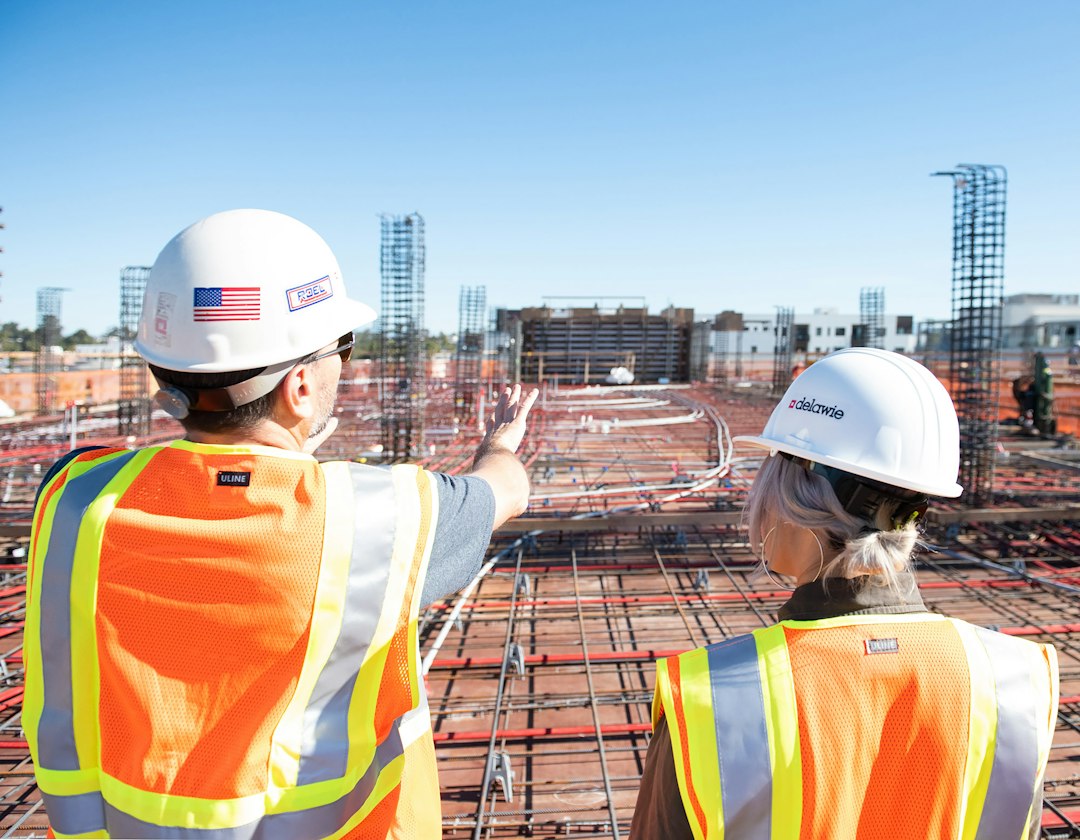Bamboo has long been used as a construction material in many parts of the world, particularly in Asia. In recent years, sustainable building practices have gained popularity, and bamboo scaffolding has emerged as an eco-friendly alternative to traditional metal scaffolding.
Bamboo is a fast-growing renewable resource that is strong, lightweight, and versatile, making it an ideal material for scaffolding. Bamboo scaffolding is not only environmentally friendly, but it is also cost-effective and easy to assemble. In addition, bamboo scaffolding is strong and durable, able to withstand the weight of construction workers and materials.
One of the key benefits of using bamboo scaffolding is its sustainability. Bamboo is a highly renewable resource, with some species growing up to three feet in just 24 hours. This rapid growth rate makes bamboo an attractive alternative to traditional metal scaffolding, which is often made from non-renewable resources like steel.
In addition to its sustainability, bamboo scaffolding is also biodegradable, unlike metal scaffolding which can be difficult to recycle. This means that bamboo scaffolding does not contribute to landfill waste, making it a more environmentally friendly option for construction projects.
Another advantage of bamboo scaffolding is its flexibility and versatility. Bamboo can be cut and shaped to fit the specific requirements of a construction project, making it a highly adaptable material for scaffolding. In addition, bamboo scaffolding is lightweight, making it easier to transport and assemble on site.
Furthermore, bamboo scaffolding is strong and durable, able to withstand heavy loads and harsh weather conditions. Bamboo has a higher tensile strength than steel, meaning that it can support the weight of construction workers and materials without bending or buckling. This makes bamboo scaffolding a safe and reliable option for construction projects.
In conclusion, bamboo scaffolding is a sustainable building practice that offers many benefits over traditional metal scaffolding. Its renewable nature, biodegradability, flexibility, and strength make it a superior choice for construction projects. By using bamboo scaffolding, builders can reduce their environmental impact and create more sustainable structures.
In Spanish: Los andamios para construcción de bambú son una práctica de construcción sostenible que ofrece muchas ventajas sobre los tradicionales andamios metálicos. Su naturaleza renovable, biodegradabilidad, flexibilidad y resistencia lo convierten en una opción superior para proyectos de construcción. Al utilizar andamios de bambú, los constructores pueden reducir su impacto ambiental y crear estructuras más sostenibles.
For more information on andamios para construccion contact us anytime.

